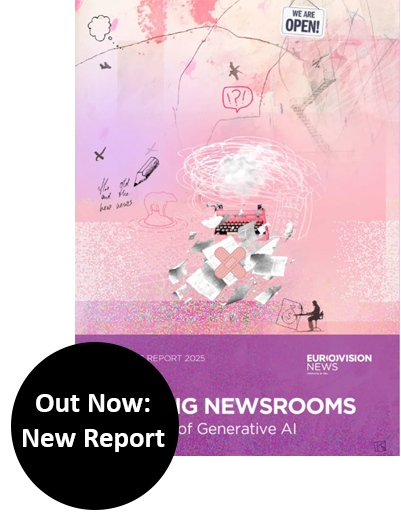The rift between big metropolitan areas and the countryside has grown. Now the urban class is pitted against everything from deep suburbia to the last provincial backwater — and journalism has something to do with it.
The political divide used to be between the haves and the have-barely-enoughs. For more than a century, social class was the best predictor of voting behaviour. Of course, there have been other indicators which social scientists have successfully used to determine political alignments: religion, gender and age, ethnic origin or level of formal education. However, the phenomenon of right-wing populism isn’t easily explained along these lines.
Today’s populists come from the poor and rich in equal measure. Which is why parties like the German AFD attract disgruntled university professors and social security recipients alike. And even though the narrative of the alienated white working-class male was stretched to exhaustion when explaining Donald Trump or Brexit, the numbers revealed a different picture. Trump was supported by workers and millionaires just as much as Brexit was.
The big divide these days is of another nature, and it has only a little to do with pocket books. Heat maps about political preferences reveal a rift between the big metropolitan areas and the countryside. The urban class is pitted against everything from deep suburbia to the last provincial backwater, and journalism has something to do with it.
Of course, this city-country dichotomy is no new development. Big urban areas have always attracted those who were willing to put up with diversity and risk for educational or economic gain. They tended to be more tolerant of those who were different and voted more often for parties with progressive agendas. But developments in the media have amplified the divide.
When newsrooms were doing some soul searching in the aftermath of the Trump election, the Brexit vote and other populist-flavored surprise outcomes, they often realized that they had missed out on important developments in their own countries: a growing dissatisfaction among populations they hadn’t made an effort to understand.
Yes, reporters were sent to small towns and provinces to depict “the typical Trump voter”, for example. But the research trips were very often conducted like visits to the zoo. And the stories that came out of them catered to the expectations of the educated, urban readership because the journalists who wrote them were typically of the urban class. They were either raised and educated in the metropolitan areas to begin with, or had fled rural environments in disgust.
“Our journalists don’t understand the countryside” — said more than one editor when discussing the talent pipeline in the profession. The lack of journalists with rural backgrounds is more of a concern to many of them than the lack of gender or ethnic diversity among their staff. And these editors know the major reason for this: the decline of local and regional newspapers.
“These papers used to be training grounds for young journalists”, said one editor of a Swedish news organization. Talent from the rural areas would eventually seep into the national news outlets, and help set agendas. With many of the small newspapers closing down, this stream has dried out.
These days young people from urban middle class households are the most likely ones to make it into the newsrooms of first rate publications. Consequently, they shape the media’s view of the world. And this view informs political debates.
The diminishing trust in media now reveals that the picture they are presenting is incomplete, and some newsrooms have drawn conclusions from this. For example, the Swedish public broadcaster SVT – after less than satisfactory election coverage – made a point of sending plenty of reporters to the countryside during the next campaign and found it did a much better job capturing the public sentiment.
To be sure, better journalism doesn’t necessarily prevent populism and the rise of autocratic leaders. But quality journalism is an essential ingredient of democracy. Its mission is to inform public debates and portray the world – all of the world, not just parts of it. Diversity in newsrooms is a pre-condition for it.
This commentary was published in News Mavens on 1st February 2019



